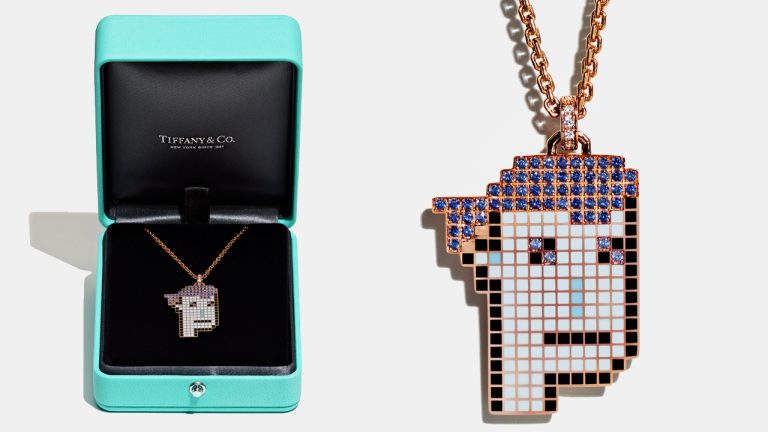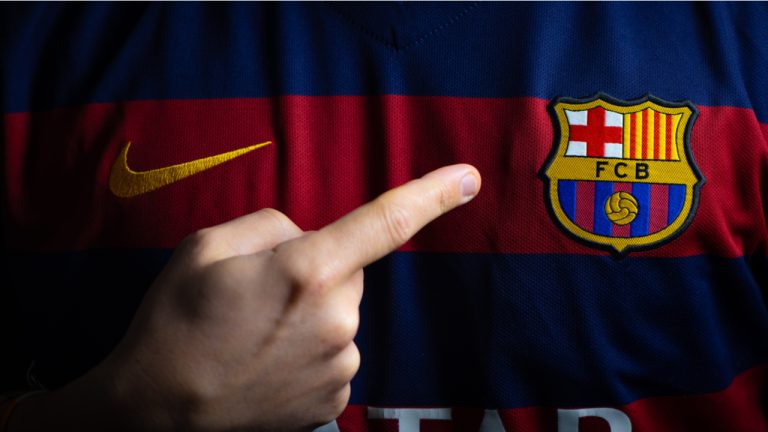
When you buy a nonfungible token, do you automatically get intellectual property rights? Well… it's complicated.
How can IP assets transform DeFi, DAOs and the metaverse?
InvArch says that its infrastructure can be used to speedily create new decentralized autonomous organizations.
This could make it easier for nonprofits to fund intellectual property development — and organizations could generate cashflow without signing over their IP rights. It's hoped roadblocks to innovation could be torn down — with a new "development highway" left in its place.
InvArch's infrastructure could also offer greater protections to those who are building ambitiously on virtual plots of land in the metaverse — and unlock whole new business opportunities over in the world of DeFi.
The project won the 43rd Kusama parachain auction — and at the end of June, it unveiled technology that will make everything from music to code "all but impossible to steal." What's more, this will strike at the heart of centralization in the world of IP, not least because seeking protection through InvArch is vastly cheaper than the status quo.
Disclaimer. Cointelegraph does not endorse any content or product on this page. While we aim at providing you with all important information that we could obtain, readers should do their own research before taking any actions related to the company and carry full responsibility for their decisions, nor can this article be considered as investment advice.
Could smart contracts be used for IP agreements?
Yes — business deals could be brought into the 21st century with the help of blockchain.
InvArch's goal is to ensure that those who hold the most desirable NFTs — including CryptoPunks, Bored Apes and Meebits, can establish on-chain agreements that extend to use of their nonfungible tokens in a third-party product.
Setting out its vision in a recent blog post, the project added: "In the end, you have a marketplace where communities can buy swag and products relevant to their interests — and a market where artists and NFT copyright owners can establish lucrative income streams from their NFTs and increase the raw value of their digital assets."
How can NFT and Web3 protocols help transfer IP rights?
The 21st century has turned into an IP war zone and an innovation graveyard — but things are beginning to change.
New and enhanced NFT classes have the potential to certify the authenticity of nonfungible assets, protect their uniqueness, and streamline management rights.
This approach is being championed by InvArch — an IP rights blockchain that is scalable, interoperable and has ambitions to be integrated throughout the Web3 world. An Invention, Involvement, Inventory and Investment protocol (known as INV4) delivers piracy-proof files as well as on-chain copyright and licensing.
Setting out one potential use case for how its approach could transform the creative sector, the project paints a picture where decentralized music studios and record labels can flourish — with individual artists contributing distinctive elements. They could then be brought together to form a song with a plethora of beats and rifts — with each contributor retaining their IP, jointly owning the rights to the track, and sharing a piece of the royalties.
Which NFT collections have given IP rights to owners?
Some of the biggest NFT collections out there right now — Bored Ape Yacht Club among them — have given full intellectual property rights to users.
This is a significant (and you could argue a very generous) development. It effectively means that those who own Bored Ape NFTs have the potential to profit from them. We've seen Eminem and Snoop Dogg team up for a new music video where they transform into their characters. Meanwhile, sites have emerged where collectors can effectively hire out their ape's NFT to brands.
As we alluded to earlier, the actor Seth Green made a splash when he unveiled plans to create a TV show themed around his Bored Ape NFT, which he affectionately calls Fred, called White Horse Tavern. Green's beloved collectible ended up being stolen in a phishing attack, and he ended up paying over the odds to get it back.
BAYC's license states those who purchase NFTs "own the underlying Bored Ape, the Art, completely" — but doesn't actually mention what happens in cases of theft. Many experts believed that Green would have been on firm legal ground if he released the TV show without the NFT, but there are no guarantees.
When you buy an NFT, do I automatically get IP rights?
The short answer to this is no. It's important to read the small print to find out exactly what you're getting.
Let's run through some quick examples. Jack Dorsey sold off his first tweet in NFT form for a whopping $2.9 million back in March 2021. While there's little doubt this is a historic piece of content, crypto entrepreneur Sina Estavi doesn't own the IP to this tweet. All copyright still rests with Dorsey.
The New York Times pulled off a tongue-in-cheek stunt when it published an article about crypto collectibles — and then gave readers the chance to own a tokenized version of the story. It ended up selling for a whopping 350 ETH — worth $560,000 at the time, and about $600,000 as of the start of August 2022. Although this NFT did come with some perks (the buyer was given the chance to be named and photographed in a subsequent piece,) it didn't include the copyright to the article… or any reproduction or syndication rights.
Potential pitfalls don't end here, either. MetaBirkins have become especially popular during the NFT boom — a digital remake of Hermes' famous bags. But digital artist Mason Rothschild ended up in hot water with the designer brand, which took legal action after claiming it could cause confusion in the eyes of consumers.
What are intellectual property rights?
In its simplest form, intellectual property relates to something you create with your mind — such as artwork, literature and inventions.
These protections were relatively easy to enforce in the analog era, but our digital world — where copying and pasting runs abound as millions of people create their own content — makes things especially challenging.
Nonfungible tokens are a thrilling development that have the power to modernize everything from baseball cards to music albums, from movie merchandise to stunning art. But, as with any new technology, there are issues that need to be overcome.
The industry's still getting to grips with the rights that are afforded to the owners of an NFT, and there are other threats that need to be addressed. If a nonfungible token is stolen by a malicious actor, does the victim still enjoy IP rights? And how can we counter the risk of copycat NFTs being minted on a rival blockchain?












